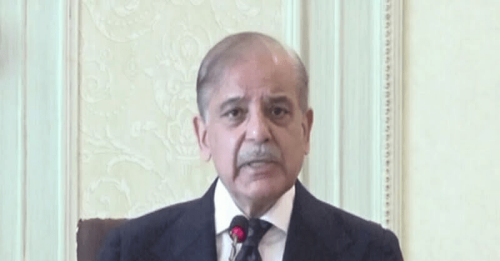A 7.6-magnitude earthquake shook Papua New Guinea on Sunday, damaging buildings, triggering landslides and killing at least five people, with several more severely injured.
Residents in northern towns near the epicentre reported intense shaking mid-morning that cracked roads and sheared cladding off buildings.
Local member of parliament Kessy Sawang said at least two people had died in remote mountain villages, with at least four others airlifted to hospital in critical condition.
“There has been widespread damage,” she told AFP, adding that a landslide had buried homes and “split” one village where people had “lost their houses”.
In nearby Wau, Koranga Alluvial Mining said three miners had been buried alive.
There are limited communications in the area, little government resources and few paved roads, making assessment and rescue efforts difficult.
Small aviation companies and missionary groups were involved in airlifting some of the injured across the rugged jungle landscape.
“It’s very difficult, the terrain, the weather. It’s challenging,” said Nellie Pumai of Manolos Aviation, which had transported one person out and was trying to return.
In the eastern highland town of Goroka, residents captured images of window awnings falling off the cracked walls of a local university.
It was “very strong”, said Hivi Apokore, a worker at the Jais Aben Resort near the coastal town of Madang.
“Everything was like sitting on a sea — just floating.”
The quake was felt as far as the capital Port Moresby, about 480 kilometres away.
The US Geological Survey initially issued a tsunami warning for nearby coastal areas, but subsequently said the threat had passed.
But fearful locals near the sea nevertheless fled for higher ground — reporting that the water level had suddenly dropped.
‘Massive’
The nation’s leader James Marape said the quake was “massive” and told people to be cautious but said he expected the damage to be less than that from a 2018 quake which killed at least 126 people.
However, the scale of the damage and number of casualties was still unclear on Sunday.
“National and provincial disaster agencies, as well as leaders, have been asked to assess the damage and injuries to people and attend to these as soon as possible,” Marape said.
State-backed communications firm DataCo said it was experiencing “multiple service disruptions” to the operation of a domestic undersea communications cable as well as the PIPE Pacific Cable 1 that runs from Sydney to Guam.
It was not yet clear if there was any damage to regional airports.
The quake struck at a depth of 61km, about 67km from the town of Kainantu, according to the US Geological Survey.
Papua New Guinea sits on the Pacific “Ring of Fire”, causing it to experience frequent earthquakes.
Earlier on Sunday, the US Geological Survey also reported two strong quakes in the remote Mentawai Islands off the western coast of Sumatra in neighbouring Indonesia.
There were no immediate reports of casualties or damage, but the tremor sent residents on the Mentawai Islands fleeing to evacuation centres set up last week following another quake.
The Indonesia quake was felt in the city of Padang, the capital of West Sumatra province, where residents left their homes after the tremor shook buildings, according to an AFP journalist.
In 2004 a 9.1-magnitude quake off the coast of Indonesia triggered a tsunami that killed 220,000 people throughout the wider region, including about 170,000 in Indonesia.















































